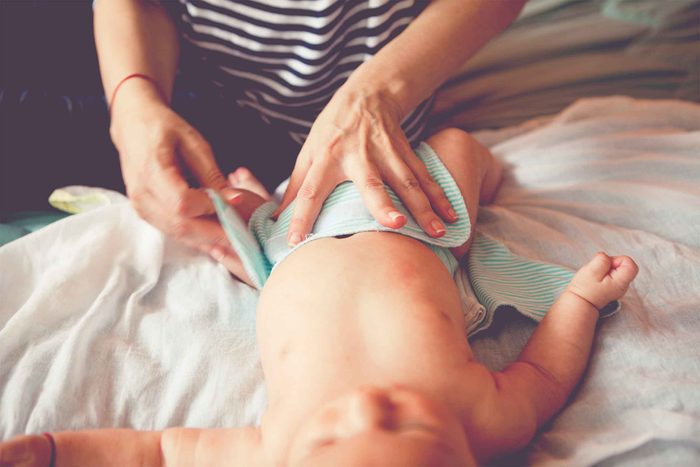
What causes diaper rash?
It’s a fact of every baby’s life at some point: the dreaded diaper rash. A diaper rash occurs when the skin underneath the diaper becomes red and tender, according to the American Academy of Dermatology (AAD). It can be as simple as a little redness on the butt or as complex as a bacterial infection that needs prescription medication. The easiest way to prevent diaper rash is to change your baby’s diaper frequently—even if they are just wet. Many parents will use an over-the-counter cream or ointment to treat the rash should it occur, but these natural remedies may help.

Air things out
Airing out the area will help heal the rash much faster than covering it with a diaper, according to experts at the Cleveland Clinic. The easiest way to do this is by allowing the area to air-dry fully.
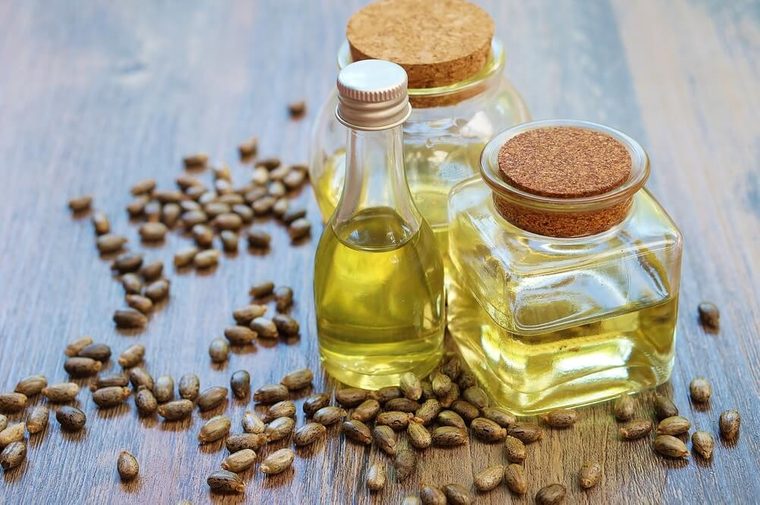
Calm it with castor oil
Castor oil can relieve pain and help treat diaper rash, says Bindiya Gandhi, MD, a family practice physician in North Decatur, GA. “It is antibacterial and antifungal,” she says. “It is also thick and can coat the area to keep moisture away.” Check out these other powerful uses for castor oil.
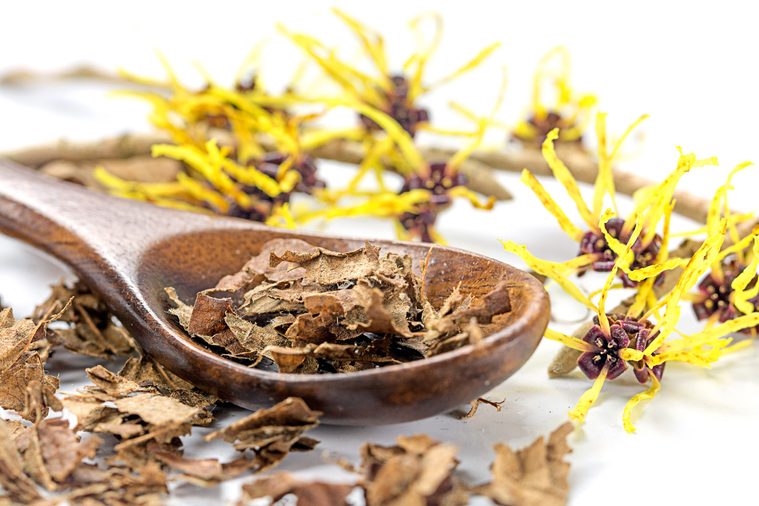
Rub on some witch hazel
Another easy natural remedy to treat diaper rash is witch hazel, Dr. Gandhi says. “Witch hazel cools the area,” she says. “If you sense a small diaper rash coming on, applying witch hazel can nip it in the bud.” It’s a natural astringent that can decrease redness and swelling. Witch hazel is also a home remedy for hemorrhoids.
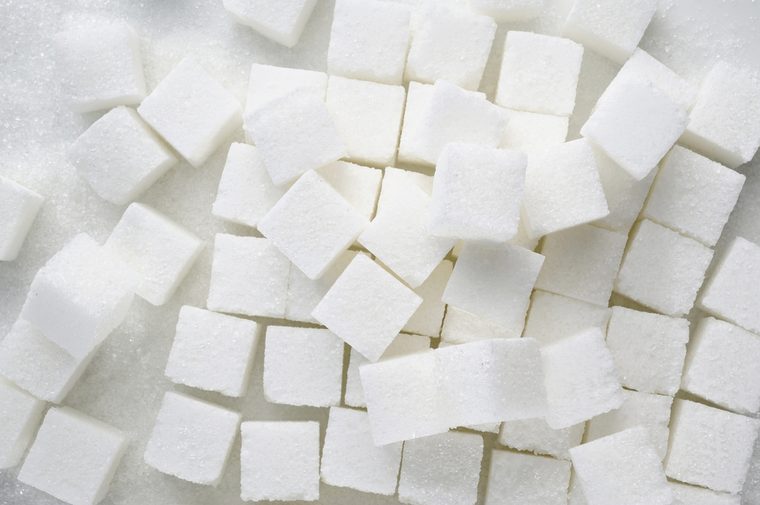
Reign in the sugar
Diaper-related rashes can be caused by yeast infections, Dr. Gandhi says. “Sugars and carbs tend to feed yeast,” she says. Women get yeast infections too. Here’s how to prevent yeast infections.
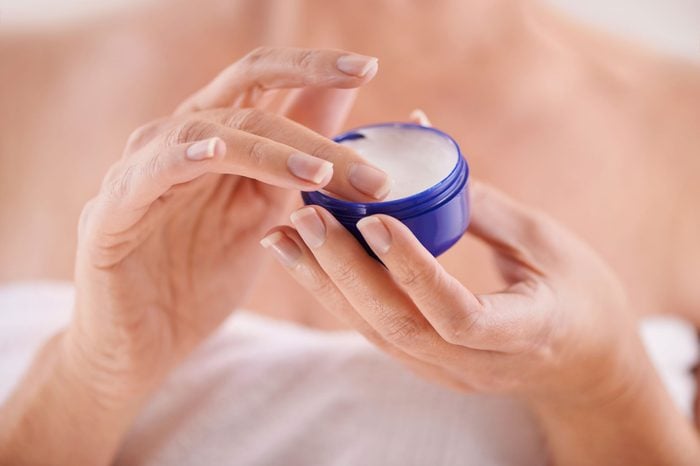
Dab with petroleum jelly
Petroleum jelly is considered a barrier ointment. It should be applied during each diaper change to prevent any kind of skin irritation.”Petroleum jelly provides a thick barrier that keeps diaper rash-causing moisture away from the skin,” Dr. Gandhi says. Petroleum jelly and zinc oxide are found in most commercial diaper rash creams and ointments. By the way, there are about a million ways to use petroleum jelly around your house.
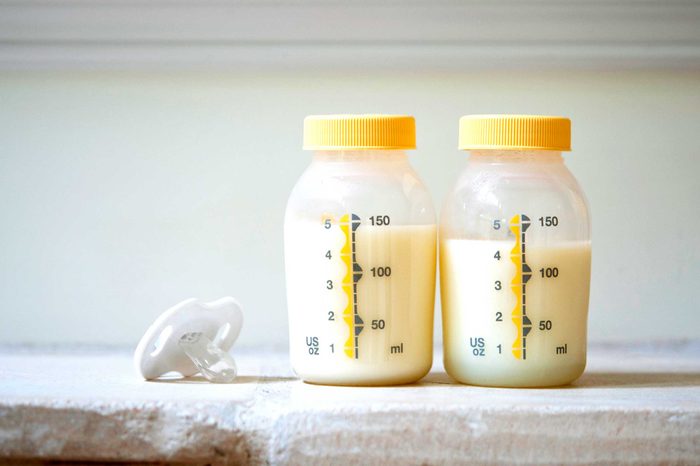
Apply some breast milk
Breast milk is rich in fatty acids and immune-boosting properties, Dr. Gandhi says. “Coat the area with a couple of drops of breast milk to soothe the inflammation.” Although there’s no research to back up this remedy, it may be worth a try.
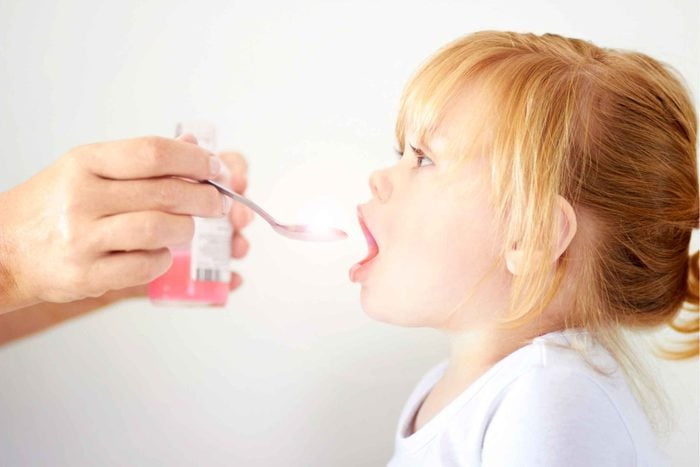
Take extra care if baby is taking antibiotics
There is a direct correlation between antibiotics and diaper rashes. Antibiotics kill both the good and bad bacteria. When he is on antibiotics for an ear infection, for example, the bacteria that keep yeast growth in check can be killed as well as what is causing the ear infection. Antibiotics also increase the risk of diarrhea. Most antibiotics can be transferred through breast milk as well. “Always take probiotics with antibiotics to prevent the diarrhea, which can make your baby more likely to develop a diaper rash,” Dr. Gandhi says. Probiotics restore the balance bacteria in the gut. Literally meaning “for life” in Greek, probiotics seem to have a lot of health benefits.
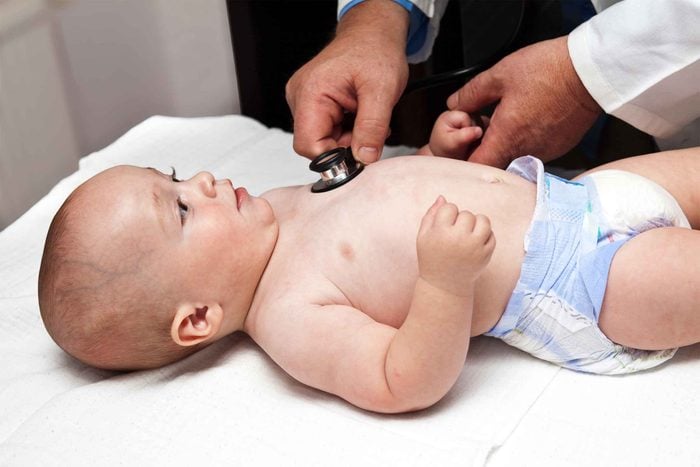
Know when to call the doctor about diaper rash
If his rash persists for more than four days or is getting noticeably worse, a trip to your pediatrician is in order, according to the AAD. See your doctor earlier if you notice signs of a skin infection such as a fever, blisters, pus that drains from the rash, and/or pain.

